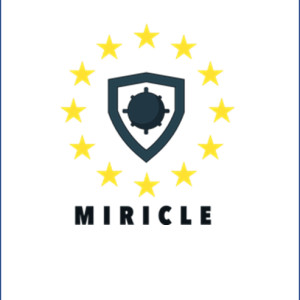 \
&
Contact us
\
&
Contact us
 \
&
Contact us
\
&
Contact us
Research Infrastructures Health Culture and society Security
During the past months, the Commission has published updated versions of several key documents for application to the call topics of the main Horizon Europe Work Programme (WP) 2025: Standard application form for applicants - last updated on 16 December 2024 Horizon Europe Programme Guide - last updated on 15 May 2025 General Annexes to... read more
Health Digital, Industry & Space AI Continent Deployment: Best use of technologies
The European Commission has launched a procurement procedure for a Virtual Human Twins (VHT) Platform Project Support Office.The main goal of the Project Support Office (PSO) will be to provide support and advice to the Contracting Authority in managing the VHT Platform framework contract and specific contracts. The PSO will ensure h... read more
Digital, Industry & Space Horizon Europe Digital Europe AI Continent
The Commission unveiled new features for artificial intelligence (AI) researchers and industry on itsAI-on-Demand platform, including an AI marketplace, an AI development tool that requires minimal coding, as well as secure solutions for generative AI and large language models. The platform, developed jointly by the EU-funded projects AI... read more

The Miricle project, ‘Mine Risk Clearance for Europe’, obtained funding under the European Defence Industrial Development programme call ‘Underwater control contributing to resilience at sea’. The main objective of the project was to achieve a European and sovereign capacity in future mine warfare and create a path for the next generation ‘made in Europe’ countermeasure solutions. In order to realise this objective, Miricle addressed various stages: studies, design, prototyping and testing. These stages inter alia included the successful testing of an XL Unmanned Underwater Vehicle, a protototyped mine disposal system and multiple innovative systems to detect buried mines. Flanders Marine Institute (VLIZ), was one of the five Belgian partners in the consortium. Within the project, VLIZ was able to forward its research on the acoustic imaging of the seabed to spatially map and visualize buried structures and objects - in this case buried mines - in the highest possible detail. VLIZ also led the work on ‘Port and Offshore Testing’, building on the expertise of the institute in the field of marine operations and technology.